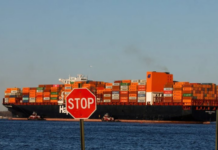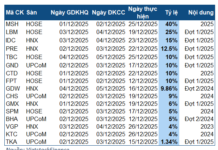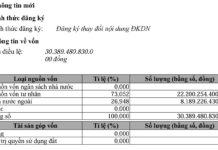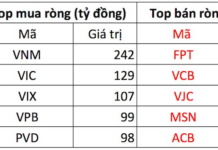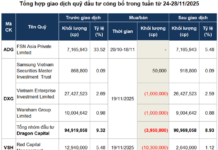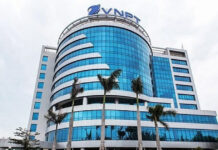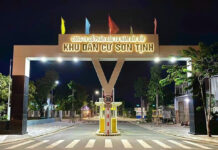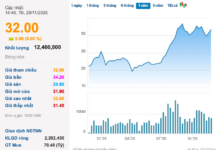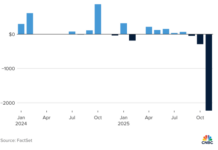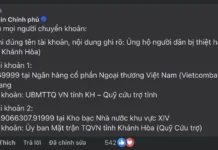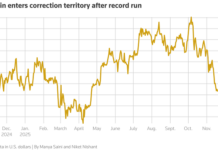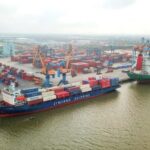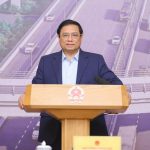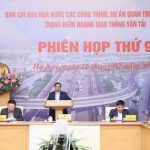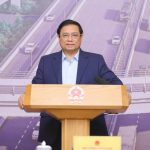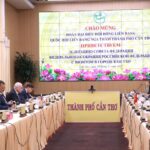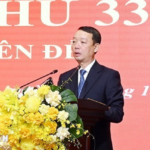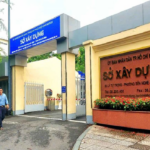The National Assembly has recently passed the Road Law, which includes provisions for toll charges on state-invested expressways to fund maintenance and new expressway projects. The state will collect tolls on expressways under state management, including those invested by the state and those transferred to the state for management. The collected fees will be allocated to the budget for maintenance, repair, and upgrades of expressways.
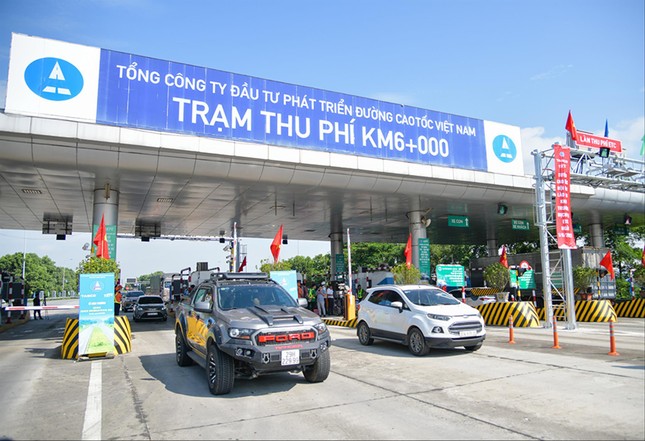
Toll collection on state-invested expressways is expected to begin in 2025.
Mr. Bui Quang Thai, Director of the Vietnam Road Administration under the Ministry of Transport, shared that the agency is expediting the development of a proposal for toll collection on publicly invested expressways. They are also working on decrees and circulars to guide the implementation of this new regulation. While this is a novel issue that significantly impacts the travel activities of citizens and businesses, the Ministry of Transport’s perspective emphasizes the correlation between the quality of service and the corresponding toll rates. The state’s primary objective in collecting expressway tolls is not profit-driven but to generate capital for maintenance and the development of new expressways.
Regarding the toll collection methods, Mr. Thai mentioned that state agencies would mainly lease or franchise the management, operation, and toll collection to private entities. The Vietnam Road Administration will select contractors to provide toll collection services based on an automated toll collection system. The second option is to auction off the management of expressways through an Operation and Management (O&M) contract. Investors will be responsible for toll collection, road management, and maintenance or sell the toll collection rights for a specified period.
“We are carefully evaluating the strengths and weaknesses of these collection methods,” said Mr. Thai. “If we fail to attract private sector participation, the state will organize and implement the collection activities independently. With the upcoming implementation of the Intelligent Transport System (ITS), which includes an automated toll collection system, the necessary infrastructure will be integrated into the construction of expressways, eliminating the need for separate investments in toll booths.”
According to the Vietnam Road Administration leader, the plan is to collect tolls on operational expressways such as Lao Cai – Kim Thanh, Hanoi – Thai Nguyen, Ho Chi Minh City – Trung Luong, Cao Bo – Mai Son, Mai Son – National Highway (NH) 45, NH45 – Nghi Son, Nghi Son – Dien Chau, Cam Lo – La Son, La Son – Tuy Loan, La Son – Hoa Lien, Vinh Hao – Phan Thiet, Phan Thiet – Dau Giay, Ben Luc – Trung Luong, Cau My Thuan 2, and the bridge’s access roads. Expressways currently under construction and expected to be completed by 2025 will also be subject to toll collection.
Preventing Expressway Tolls from Becoming a Burden
Economist Le Dang Doanh affirmed the necessity of collecting tolls on expressway projects to generate capital for new investments. However, he emphasized the need for careful calculations and impact assessments, as well as seeking broad input from citizens and businesses.
Mr. Doanh pointed out that Vietnam’s logistics costs currently average 17% of GDP, down from 18-19% in previous years. This rate is relatively high compared to other countries in the region and continent (Japan’s logistics costs account for 11% of GDP, Singapore 8%, Malaysia 13%, and Indonesia 13%). Given the challenges businesses have faced regarding reduced purchasing power, market volatility, and currency fluctuations, high toll rates could further burden businesses and hinder their competitiveness.
“Citizens and businesses already pay road fees when using the roads,” Mr. Doanh said. “The Ministry of Transport should consider starting with a low toll rate of around VND 1,000/km and establish specific rates for passenger and cargo vehicles. This approach will help avoid situations where high toll rates drive cars onto local roads to avoid fees, causing congestion and environmental pollution.”
Mr. Nguyen Van Quyen, Chairman of the Vietnam Automobile Transportation Association, agreed with the implementation of toll collection on state-invested expressways. Without toll charges, there would be traffic congestion, and the financial plans for other infrastructure projects could be disrupted as vehicle owners flock to use the toll-free expressway. Mr. Quyen also emphasized the need to consider the characteristics and traffic volume of each route when determining the toll rates and suggested studying the payment capacity of citizens and businesses to set appropriate rates.
“While the state sets the fees, it should be based on investment cost calculations, traffic volume, and harmony with the rates of alternative routes,” Mr. Quyen said. “Toll collection ensures additional budget revenue for expressway expansion while not overburdening businesses and citizens.”
The Vietnam Road Administration leader shared that they are exploring various scenarios to balance the services provided and the toll rates. They will proceed cautiously to minimize the impact on the consumer price index and logistics costs.
“The state-invested expressways are expected to be eligible for toll collection from October 1, but the specific implementation and rates will depend on discussions and the government’s approval,” Mr. Thai informed.
Previously, the Ministry of Transport proposed an average toll rate of VND 1,500/km for the North-South Expressway, with adjustments every two years. From 2030 to 2032, the rate would increase by VND 200 every two years, and from 2033 to 2035, it would increase by VND 300 every two years, reaching VND 2,400. The Ministry representative informed Tien Phong Newspaper that the toll rates would vary for 2-lane, 4-lane, and 6-lane expressways and are expected to be lower than or equal to the rates applied by PPP expressway projects.
Most of the 657,000 trillion VND investment in 2024 is allocated to transportation infrastructure
Public investment plays a crucial role in mobilizing and activating all social resources for development investment, said the Prime Minister. By 2024, the country will allocate VND 657,000 billion for public investment, mainly in transportation infrastructure, and strive to achieve a disbursement rate of at least 95%.
Prioritize 422 trillion VND for public investment, accelerate key transportation infrastructure projects by 2024.
In 2024, the country allocated 657 trillion VND for public investment, aiming to achieve a disbursement rate of at least 95%. Infrastructure development investment accounts for the majority, reaching 422 trillion VND. Focusing on disbursement of public investment and putting transportation projects into operation will drive growth and create new development opportunities…
Prime Minister: Accelerating the Implementation of Critical Infrastructure Projects
Public investment plays a crucial role in driving and mobilizing all social resources for development investment, according to the Prime Minister. By 2024, the country will allocate 657 trillion VND for public investment, primarily in transportation infrastructure, with the aim of achieving a disbursement rate of at least 95%.




